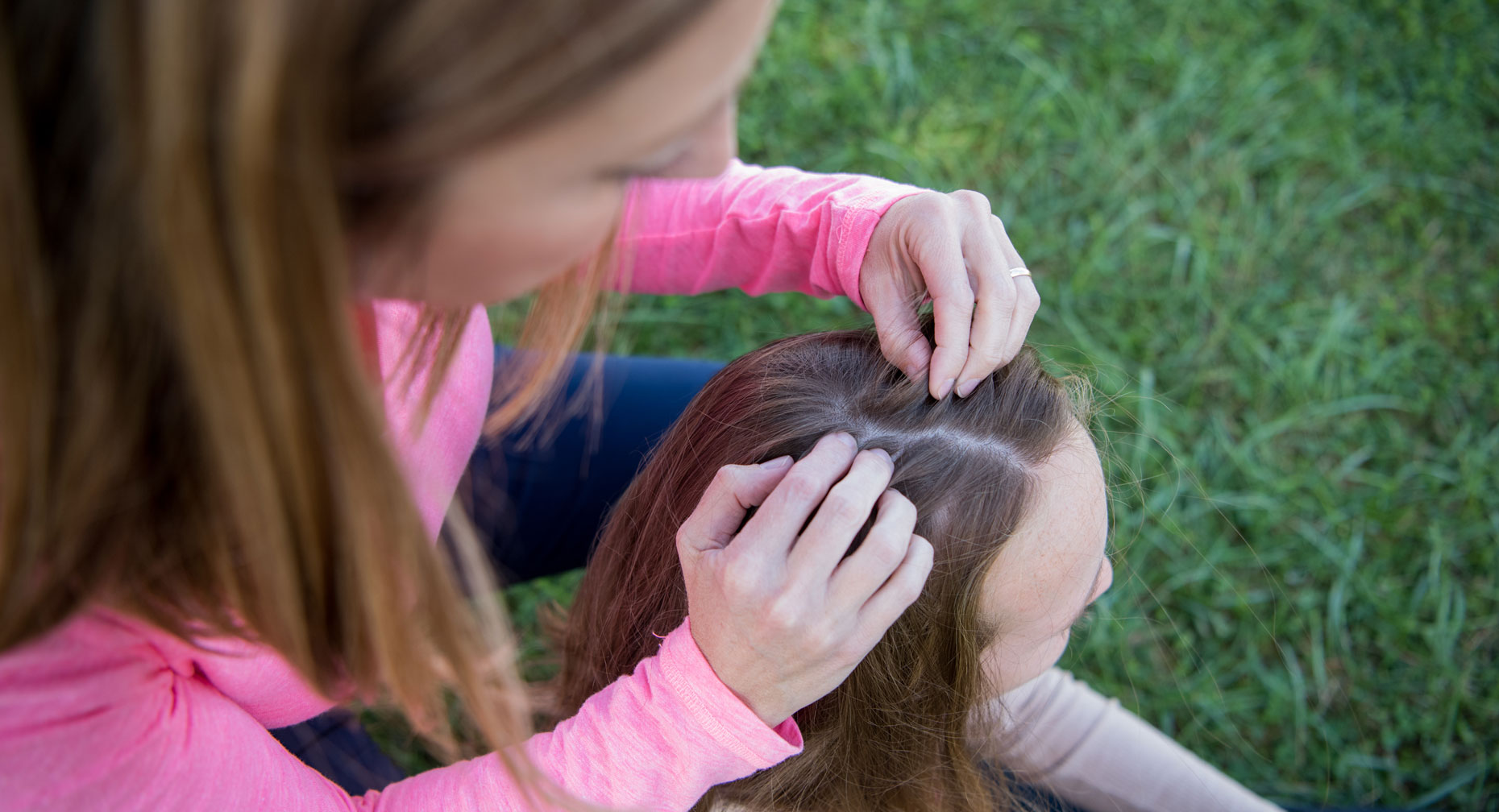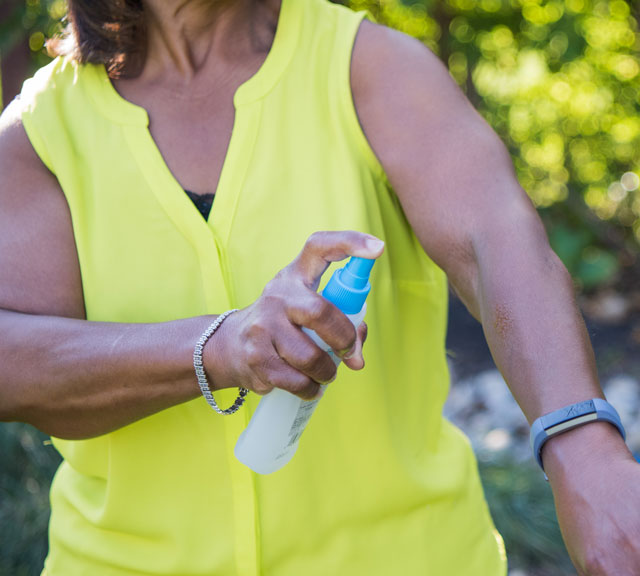Little Bug, Dangerous Bite: Avoiding Ticks And Lyme Disease

Find Your Perfect Match
Answer a few questions and we'll provide you with a list of primary care providers that best fit your needs.
Ticks are tiny, but their bites can pack a gigantic wallop.
These small, spider-like arachnids feed off the blood of humans and animals. Sometimes, they pass along Borrelia burgdorferi, which is the bacteria that causes Lyme disease. If the tick is embedded in your skin for more than 24 hours, that’s long enough for the bacteria to be transmitted into you. If not treated quickly with antibiotics, Lyme disease can lead to painful and long-lasting health problems.
Meet the Culprit
The bacteria responsible for Lyme disease is carried by the black-legged deer tick. Young ticks (nymphs) are the most likely to carry the germ. This poses a challenge when you check yourself for ticks, because the nymphs are very small — about the size of a poppy seed. Unless you’re doing a really in-depth check of your skin, they can be easy to miss.
Deer ticks are found on deer, rodents, and birds, who often leave them behind on leaves, bushes, and grasses as they traipse around outdoors. Then, unsuspecting humans head out to enjoy the same areas, and the ticks hitch a ride on their clothing and skin.
Not all deer ticks carry Lyme disease. Depending on the location, anywhere from fewer than 1 percent to more than 50 percent of the ticks are infected. Still, it pays to be cautious.
Know the Symptoms
The first symptom of Lyme disease may be a reddish bullseye at the site of the tick bite. As the infection spreads, you may also experience these problems, with or without a rash:
- A fever
- A headache
- Body aches
- A stiff neck
- Fatigue
Prevention Is Simple
Preventing tick bites is fairly simple. If you know that you are going out hiking or working in the backyard, make sure that you wear long sleeve shirts, and long pants instead of shorts. If you're going out hiking, you really should tuck your pants into your socks, so that no bugs can go in or give you those bug bites.
Using some bug repellant is very helpful, but always apply it on top of the sunscreen, not before the sunscreen, and do not apply it to your face. You should also consider spraying it on your clothing, shoes, and camping gear.
However, if you’d just rather dodge the problem altogether, do your best to avoid tick-infested areas. This means:
- Not brushing up against grasses, bushes, and other plants
- Not walking through dead leaves and other ground vegetation
- Not sitting on fallen logs
- Avoiding areas with large numbers of deer and rodents
Find That Tick
If you do decide to brave the great outdoors, make sure you check yourself for ticks immediately when you’re done.
As soon as you come indoors, take a shower. You’ll wash away any ticks that have not implanted themselves into your skin. Remember, a tick can transmit the bacteria that causes Lyme disease after being on your skin for just 24 hours, so don’t wait too long before showering or checking yourself.
Use both a hand-held and a full-length mirror to view all of your skin, and pay special attention to areas with hair. Make sure to thoroughly check the following:
- Clothing and shoes
- Scalp
- Behind the ears
- Armpits
- Belly button
- Waist
- Groin
- Backs of the knees
- Camping gear, like backpacks and sleeping bags
Also, toss your clothing into the dryer. Putting clothing or bedding into a clothes dryer for one hour at high heat has been shown to kill ticks.
Get Rid Of It Quickly

If you do find a tick on your body:
- Use fine-tipped tweezers to grasp the tick as close to the skin’s surface as possible.
- Pull upward with steady, even pressure. Don’t twist or jerk the tick; this can cause the mouth-parts to break off and remain in the skin. If this happens, remove the mouth-parts with tweezers.
- After removing the tick, thoroughly clean the bite area and your hands with rubbing alcohol, an iodine scrub, or soap and water.
- Dispose of a live tick by submersing it in alcohol, placing it in a sealed bag or container, wrapping it tightly in tape, or flushing it down the toilet. Never crush a tick with your fingers.
The Longer You Wait, the Worse It Gets
It’s important to get help as soon as possible if you think you’ve been infected by a tick.
The sooner treatment begins, the quicker and more complete the recovery. Left untreated, serious symptoms can develop about a month after being infected. They may include severe headache, stiff neck, facial drooping, severe joint pain and swelling, heart palpitations, dizziness, shortness of breath, nerve pain, and numbness or tingling of hands and feet.
To make a diagnosis, your health care provider will base a diagnosis on your symptoms, whether you were recently in a tick-infested environment, and your medical history. A test can look for antibodies in your blood, as well. But because antibodies can take weeks to develop, the test results may not give a clear answer until you have been infected for at least a few weeks.
After treatment, some people may still experience muscle or joint aches and nervous system problems. This is called post-treatment Lyme disease syndrome (PTLDS). While long-term antibiotics have not been shown to help with PTLDS, there are other ways to manage the symptoms, and most people get better with time.
Find Your Perfect Match
Answer a few questions and we'll provide you with a list of primary care providers that best fit your needs.
Source: CDC; National Institutes of Health/MedlinePlus





